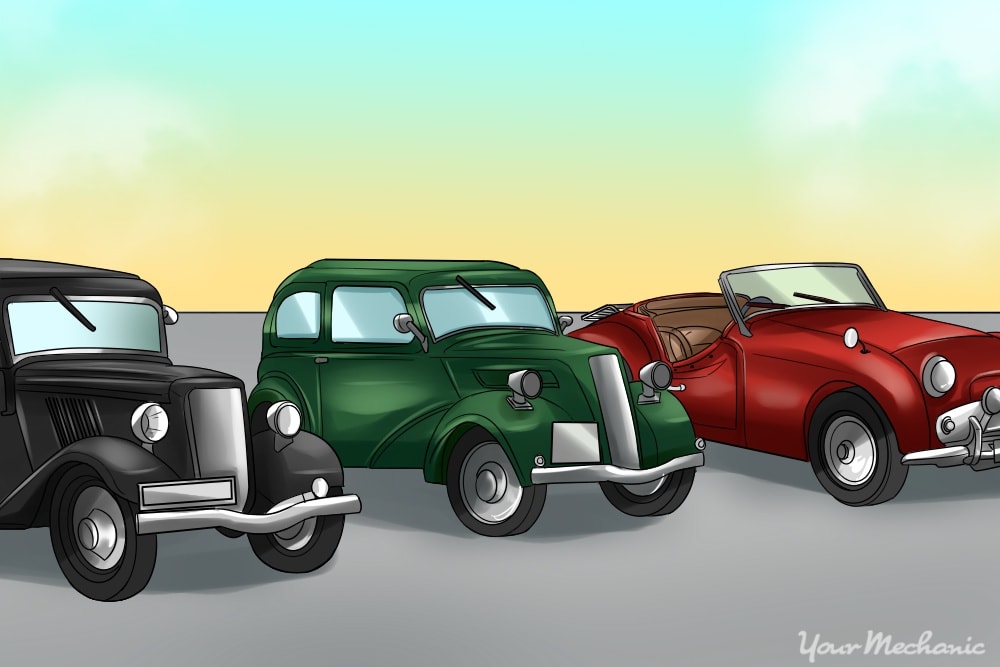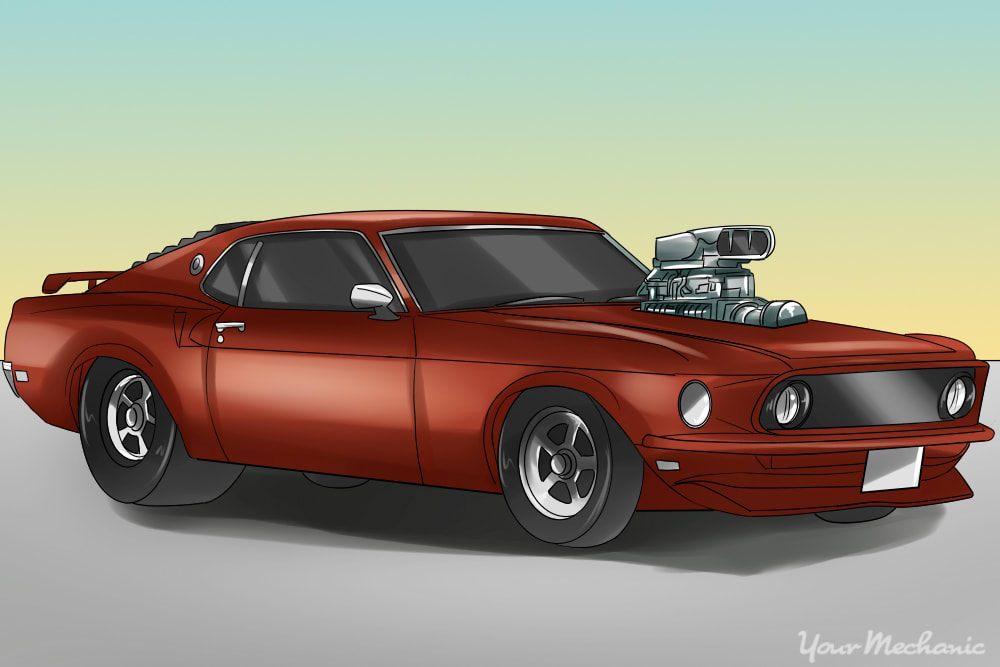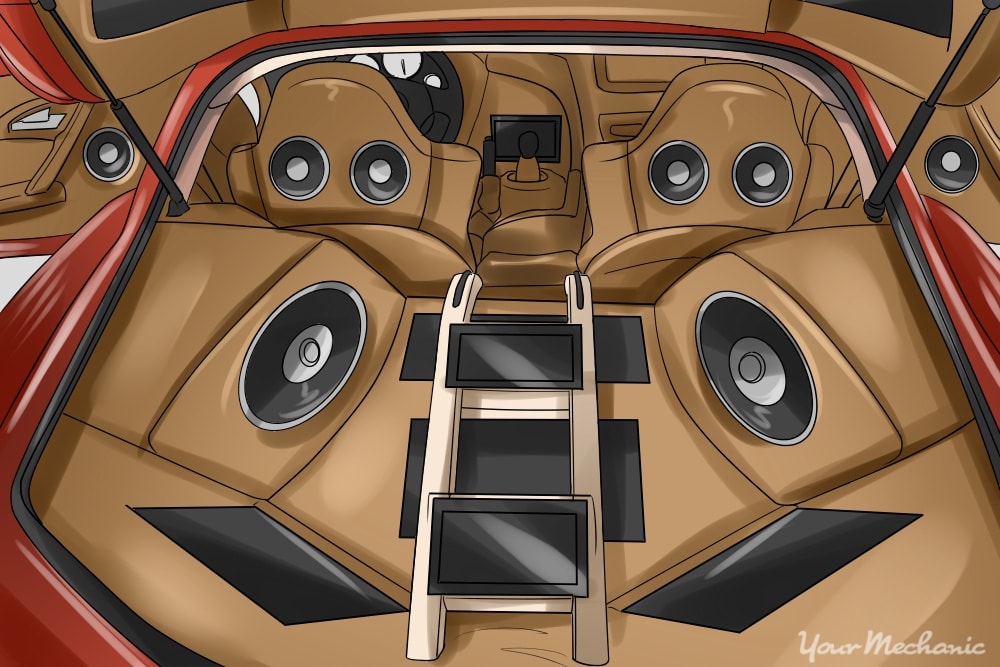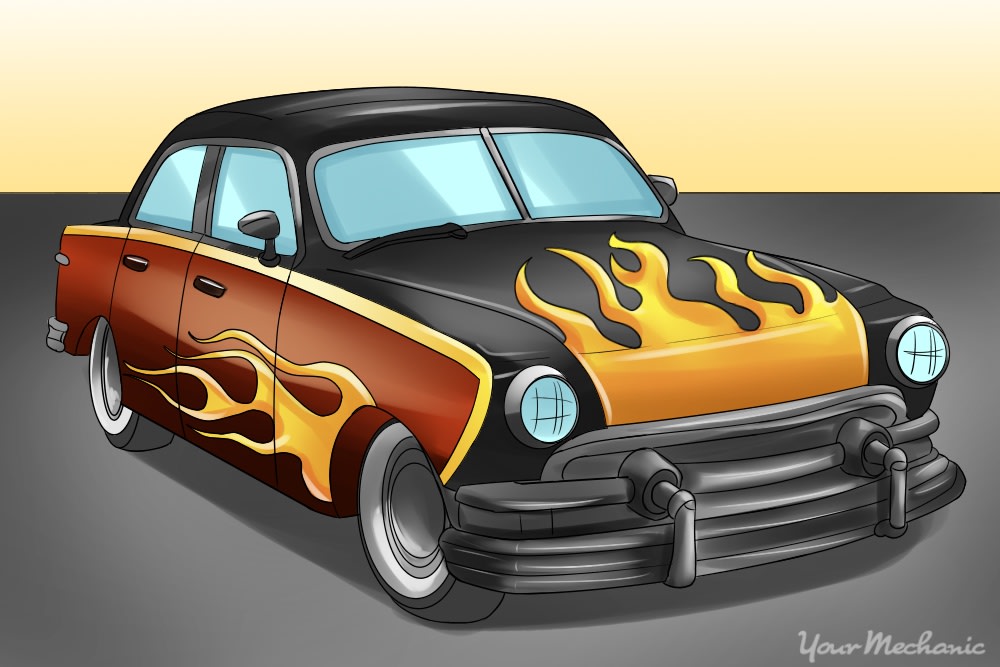

Car shows are packed with vehicles that have been customized to one degree or another. Many custom cars have everything from custom paint jobs to engine modifications, from oversized wheels to personalized interior work, even sound system or height modifications.
Nearly every part of a car can be customized to suit your personal taste and to accomplish what you want it to accomplish. Whether you want you custom car to go fast, sound fantastic, or just look fabulous for a car show, you can make it happen.
What you hope to achieve in a custom car often is restricted by the type of vehicle you choose to customize. For example, some vehicles are better suited for high speed than others based on their weight, wheelbase, and the size of the engine bay. Others are better suited for oversize wheels because their wheel wells are larger.
Here are some tips on how to choose a car for your custom build.
Part 1 of 3: Determine what you want your custom car to do
Your vehicle’s purpose will dictate what kind of vehicle you should choose.
Step 1: Choose a vehicle with the right features for speed. If you want your vehicle to be fast and powerful, choose a vehicle with a long wheelbase and a large engine compartment.
For good traction when driving fast, you need wide tires so look for a vehicle with wide wheel wells. A low, wide stance will help with stability at high speeds and when cornering.
- Note: Rear-wheel drive cars and trucks are most popular for fast cars but some modern front-wheel drive cars fit the bill as well.
Step 2: Choose a vehicle with the right off-road features. If you want an off-road vehicle, choose a truck or SUV with good ground clearance and a full frame, not a unibody.
Step 3: Choose a vehicle with the right audio features. If you want a custom car for audio competitions, choose a car, SUV, or even a van that has plenty of space to build custom speaker enclosures inside.
You'll need to accommodate amplifiers, extra batteries, and heavy-gauge wiring to power the sound system, so choose a vehicle that can hold those items.
Modern cars are more commonly used for vehicles designed specifically for audio or visual purposes because they are better insulated and built with tighter tolerances.
Step 4: Choose a vehicle for a car show. If you are looking for a show car, you can use virtually any kind of vehicle for your custom build.
The most important factor for a show car is that you like the car. A custom car build is expensive and nearly never ends up being as valuable as the money you've invested in the project.
Part 2 of 3: Determine if you want to go with a newer model or old school
You have so many choices for a custom car. You can go with a classic car design such as a 60's Mustang or Camaro, a vintage Jeep from the 40's, or you can look newer such as a front-wheel drive car from the 90's or 2000's. There are some major differences that can influence your decision to go new or stick with the old.
Step 1: Assess your skill level. You abilities in working with cars will be a major factor in determining the model you choose.
If you have moderate mechanical abilities, you can do much of the work on your classic or vintage custom car yourself. If you have excellent technical abilities, you can work on the more complex systems that newer vehicles have such as fuel injection and onboard diagnostics.
Step 2: Determine your budget for the custom build. While classic car systems can get expensive on their own, an average classic car build will cost less than a modern car build because there are less technological components required such as modules, sensors, and wiring.
Step 3: Determine the look you want. Cars from the 50's and 60's have rounded, bubbly looks while vehicles from the 70's and 80's have sharp, straight lines and accentuated details, and modern cars look sleek and aerodynamic.
What it all comes down to in the long run is whether you like the custom build you end up with.
Part 3 of 3: Consider the availability of parts
When you're doing a custom build, you're typically starting with a car that isn't perfect. It may have dents and scratches, pieces missing, or it may not run at all. To get your custom build from its rough condition to a completed stage you'll need to be able to find parts for your car.
Step 1: Choose a vehicle that is common.If you choose a car that has been manufactured for the mass market within the past 20 years, you shouldn't have any issues finding replacement parts or even performance parts.
If you choose a car from the 50's, 60's, or 70's, look for a model that is well-known and common to ensure there is still demand for replica parts, and even a used part market.
Step 2: Choose a car for your custom build that is complete or close to it. If you buy an old car for your custom build and there are a wide array of parts missing, you may have a difficult time finding replacement part.
Trim parts are especially difficult to find in good condition, and make sure to choose a car with an engine and transmission included, unless you plan on installing a different powertrain altogether.
Custom car builds are a labor of love for most people who tackle them and are not considered first and foremost a financial investment. A custom build is very expensive and will almost definitely cost much more than the end product is worth. So build a custom car that you want to own because you will enjoy the car for a long time when it is done. Before you buy a car, have one of our mechanics perform a pre-purchase inspection so you can focus on your customizations without having to worry about other mechanical issues.







